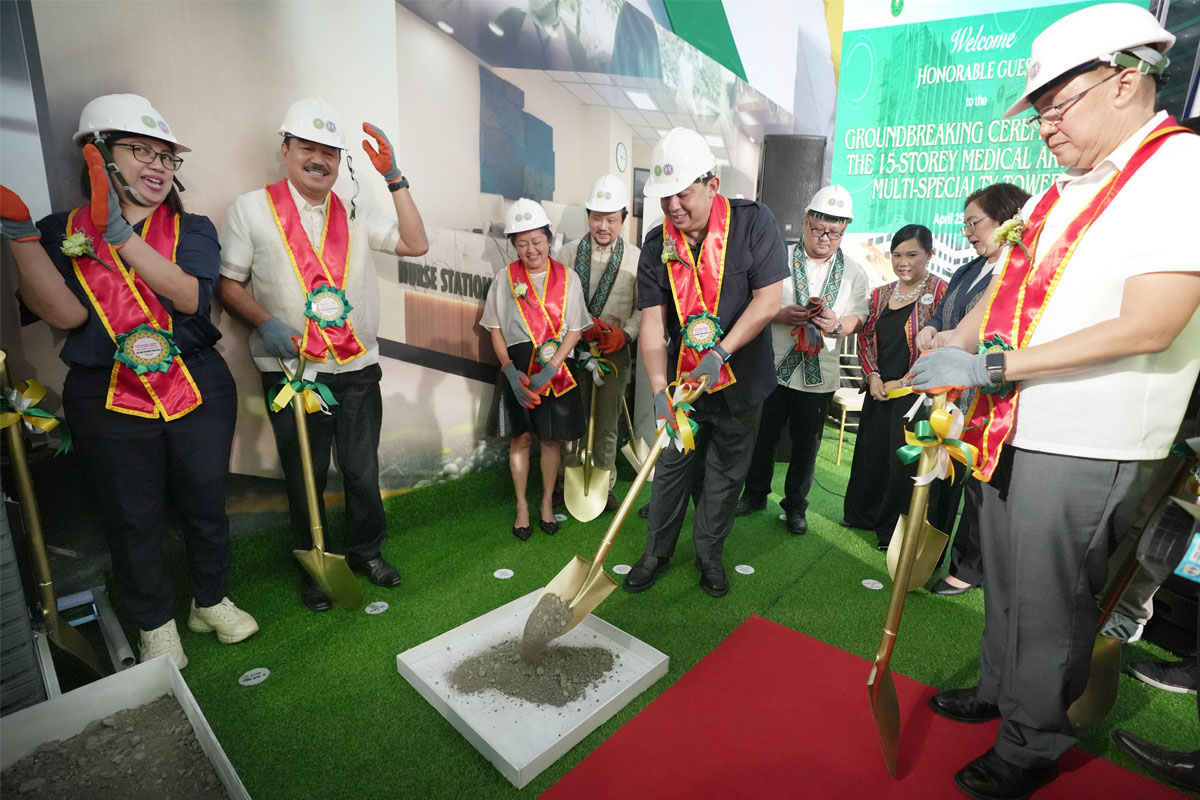
Excavations in Hull Reveal Almost 10,000 Human Skeletons
Jocelyne LeBlanc September 29, 2021
Nearly 10,000 human skeletons have been found during archaeological excavations in Hull, England. During the peak of the year-long excavations, over 300 skeletons were found every week.
These mass graves date back to July of 1785 when the cemetery at the Holy Trinity Church in Hull’s Old Town was almost completely full so they decided to use that new site to bury the extra bodies. More than 43,000 individuals were buried there until 1861.
“Although it is known that some of those people were interred in the original medieval cemetery located immediately around the church, the majority are thought to lie within Trinity Burial Ground on Castle Street,” explained project manager Stephen Rowland, adding, “Further analysis of the findings, and the remains of around 9,500 people who have been carefully and respectfully excavated will continue before they are reburied.”
(Not the human remains mentioned in this article.)
They found “well-furnished coffins replete with a panoply of decorative fittings and occupied brick-built tombs of varying designs” that they believe belonged to wealthy people. Additionally, they discovered numerous devices called mort safes that were built in order to stop the bodies from being taken as Rowland explained, “Most of these comprise simple iron strapping placed around the wooden coffin but one burial demonstrated the use of more extensive measures.” “William Watkinson was buried by his fellow engineers after a boiler he was inspecting fell on his head.” “A piece of boiler plate was incorporated into the gravestone, and three iron boiler plates were placed in the grave, above the coffin, which was wrapped in an iron cage.” Finding these structures is actually quite rare in the northern part of England.
Additionally, several artifacts have been unearthed, such as copper-alloy pins, buttons, jewelry, hair combs, Dutch coins, a conch shell, and a blue glass trade bead that was associated with European colonies and Africa. Numerous plate burials were found that may have once had salt on them to protect the deceased and symbolized eternal life.
(Not the human remains mentioned in this article.)
Now that the excavations are finished, experts will begin studying the skeletons in order to find out more information about them like health and disease patterns. They have already noticed some interesting facts regarding the health of these individuals as Rowland noted, “…preliminary observations made during recording do suggest a high prevalence of deficiency diseases, such as rickets and scurvy, a high incidence of nasal fractures in adults, poor dental health, and presence of diseases such as tuberculosis and syphilis.” And some of the skeletons showed evidence of surgical procedures like amputations and even a hole that was drilled into a skull.
Pictures from the excavations can be seen here.https://www.mirror.co.uk/news/uk-news/remains-nearly-10000-people-unearthed-25080520
MU*
















